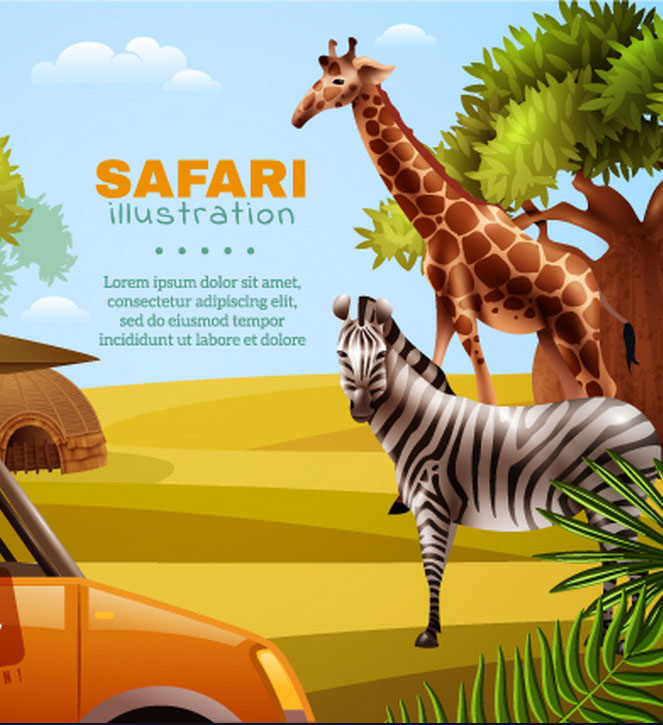7 Days Marangu Route
Tour Highlights
Also known as the “Coca Cola route” – the Marangu route is one of the most popular routes leading to the summit of Mount Kilimanjaro. Many hikers believe that the Marangu route is the easiest route to Uhuru peak since it is the only route that can be hiked in 5 days (making it the cheapest option). However, we strongly recommend hiking the route over 6 days to increase your chances of reaching the summit successfully.
Note that this is the only route that provides communal sleeping huts, equipped with beds and mattresses at every overnight site. Some basic goods such as mineral water, beer, and chocolates are also sold at most sites. The Marangu route takes the same route for both ascend and descend.
Tour Summary
- Tour Duration 7 Day
- DestinationsMarangu Route
ACCOMMODATION AND MEALS
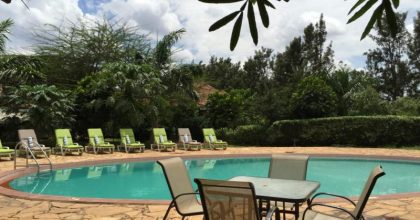
ARUSHA
Arusha Planet Lodge

KILIMANJARO NATIONAL PARK
Mandara Hut
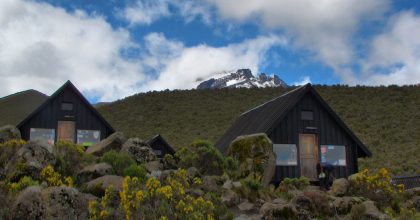
KILIMANJARO NATIONAL PARK
Horombo Hut
Safari Itinerary
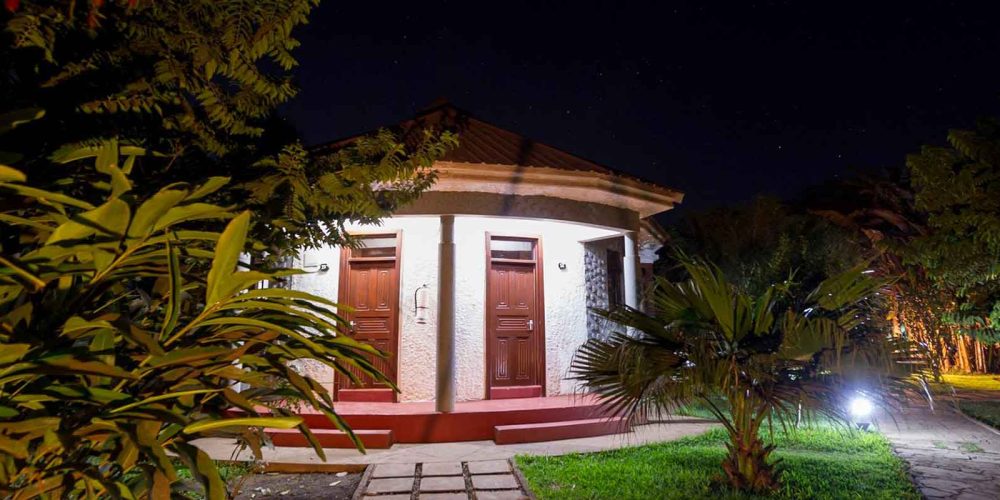
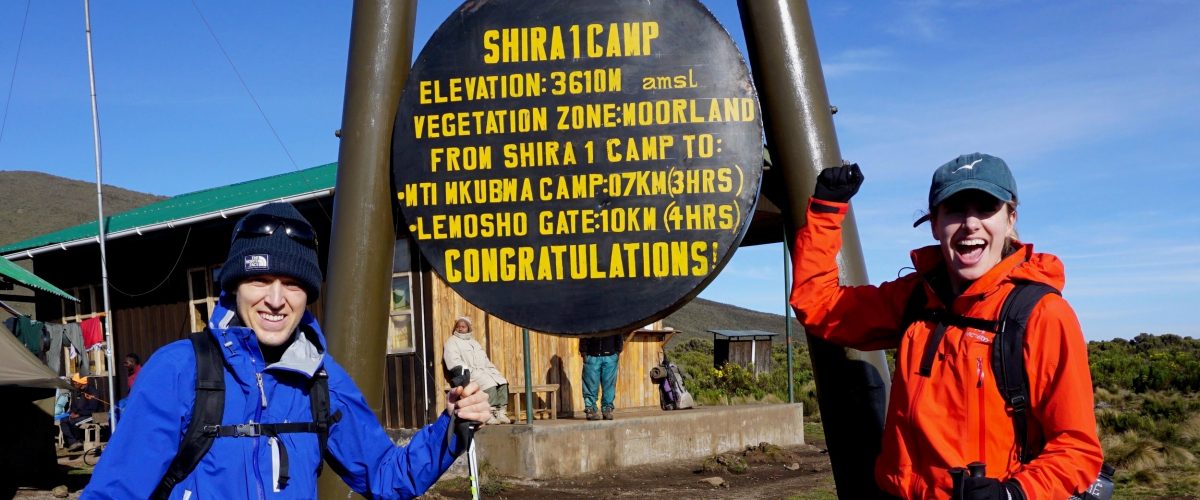
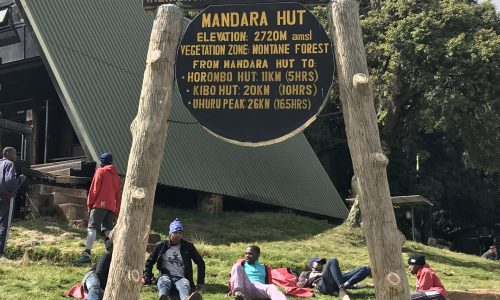


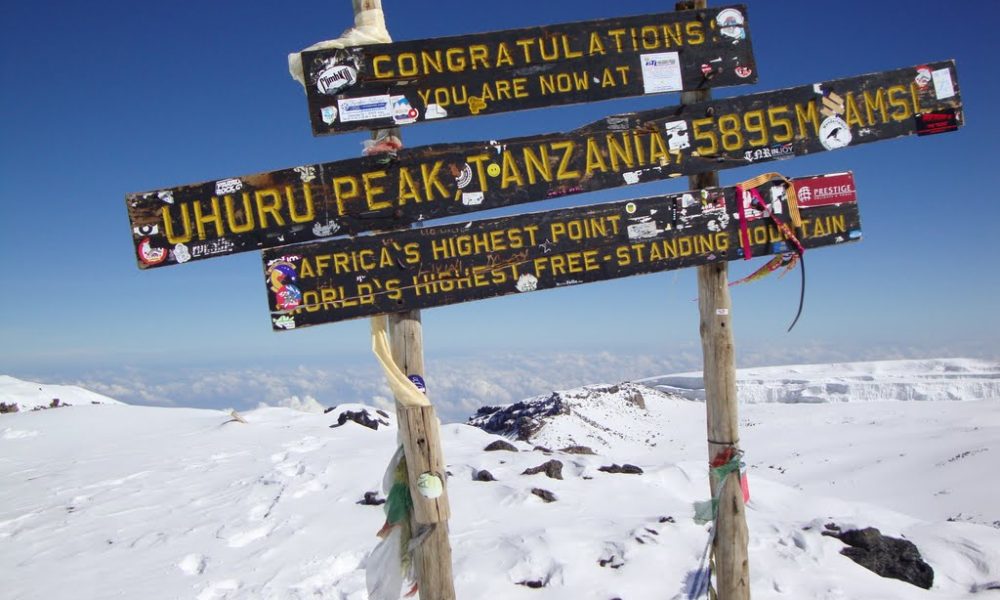

INCLUSIONS
- Kilimanjaro park fee permits, camping fees,
- Fresh, nutritious meals on the mountain
- Expert guide, assistant guide, cook and porters
- Bottled Oxygen Cylinder and Pulse Oximeter for rescues only
- Hypobaric chamber (PAC)
- Comprehensive first aid kit
- Private portable private toilets only
- All activities (unless labeled as optional)
- 2 nights’ accommodation before and after the climb
- All Taxes/VAT
- Roundtrip airport transfers
- All Meals (as specified in the day-by-day section)
- Drinking water on all days
- Camping equipment including mountaineering, mess and sleeping tents Four season, 3 people tent, double occupancy, sleeping mattress and pillow, hot water bottle during sleeping, table and chairs
- Baggage porterage
- Rescue Fee
EXCLUSIONS
- International flights (from/to home)
- Gratuities for the crew after the service
- Cigarettes
- Healthy evacuation insurance
- Personal items (souvenirs, travel insurance, visa fees, etc.)
- Government imposed increase of taxes and/or park fees
- Alcohol drinks
- Laundry
- Climbing Gears
- Sleeping Bag
Tour Enquiry
Why Choose Northland Tanzania Safari
